Land Revitalization in Arkansas, Louisiana, New Mexico, Oklahoma, and Texas
The Land Revitalization Program in Region 6, which includes Arkansas, Louisiana, Oklahoma, New Mexico and Texas, is focused on restoring land and other natural resources into sustainable community assets that maximize beneficial economic, ecological and social uses to ensure protection of human health and the environment.
Stories from Around the Region
- Assessing Feasibility of Building Deconstruction
- Equitable Redevelopment of Petroleum Brownfields
- Evaluation Guide for Fuel Cell Deployments at EPA Superfund Sites
- Closed Automobile Dealership Revitalization Pilot
- Healing Tribal Lands through Brownfields Revitalization
- CARE Project, Gallup, New Mexico
- New Purpose for 20 Closed U.S. Army Reserve Centers
- Powering Off the Grid - Caddo Lake National Wildlife Refuge
Assessing Feasibility of Building Deconstruction
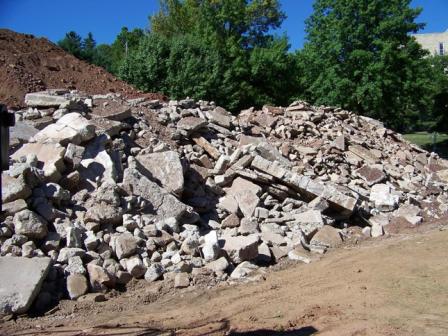
The Region 6 land revitalization team recently completed a pilot that developed two interactive tools, specifically designed to assist tribes and rural communities. These tools provide a step-by-step approach to calculate the feasibility and value of deconstructing buildings, reclaiming materials and/or recycling for potential profit. The Checklist for Assessing the Feasibility of Building Deconstruction for Tribes and Rural Communities provides an overview for assessing the feasibility. The Building Material Reuse and Recycling Estimating Tool(11 pp, 143 K) allows actual calculations of quantities and types of materials that can be reclaimed and recycled.
Equitable Redevelopment of Petroleum Brownfields on Tribal Lands
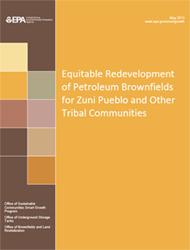
A smart growth approach allows communities to achieve multiple economic, social and environmental benefits, even though resources and funding can be limited. EPA Office of Underground Storage Tanks, Office of Brownfields and Land Revitalization, Office of Sustainable Communities and Region 6, completed a guide, "Equitable Redevelopment of Petroleum Brownfields for Zuni Pueblo and Other Tribal Communities," that can be used by virtually any community to move forward with their revitalization efforts. This seven step guide will support long-term implementation of redevelopment goals. See how equitable redevelopment is being put to work for Zuni Pueblo.
Evaluation Guide for Fuel Cell Deployments at EPA Superfund Sites
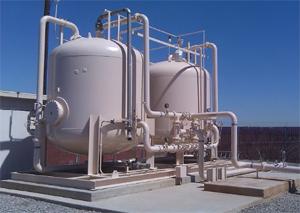
The decision to deploy a fuel cell to meet on-site energy services needs is highly complex, driven by a series of evaluations for fit and function. The EPA Region 6 land revitalization team completed a study, "An Evaluation Guide for Fuel Cell Deployments at EPA Superfund Sites," to guide prospective users on fuel cell drivers, an overview of the technology, and a process to determine the feasibility of use.
Closed Automobile Dealership Revitalization Pilot, Leon Valley, Texas
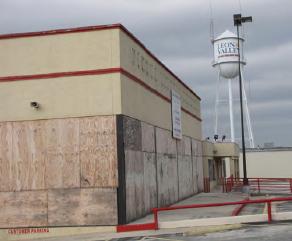
The Region 6 land revitalization team completed a pilot project, "Leon Valley Automobile Dealership Revitalization Study," focusing on the revitalization and reuse of vacant, abandoned or underutilized automobile dealerships. The final report summarizes technical assistance provided to the City of Leon Valley, Texas, a northwestern suburb of San Antonio. It includes data collected as part of market and site technical analyses prepared for a webinar and a community workshop. This pilot provides the City of Leon Valley, and other similar communities, an action plan to address closed auto dealerships in a sustainable manner—one that focuses on putting properties back into productive use and benefits all key stakeholders.
Healing Tribal Lands through Brownfields Revitalization, Cherokee and S'Kallam Tribes
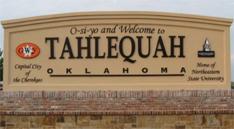
The Cherokee Tribe in Oklahoma and the Jamestown S'Klallam Tribe in Washington successfully applied brownfields resources to assist with redevelopment projects that support healthy lifestyles for their tribal members. Offices and a gymnasium were built in the former dormitories at Markoma Bible School campus in Tahlequah, OK, by the Cherokee Tribe. The restoration of an 82-acre area on tribal land was completed by the Jamestown S'Klallam Tribe in Sequim Bay, Washington. This effort provides clean sediment and habitat for shellfish, salmon, and other natural species to repopulate the area. Now there are fin fish and shellfish in the Sequim Bay that the tribal members can eat and sell. View the Healing Tribal Lands through Brownfields Revitalization videos.
CARE Project, Gallup, New Mexico
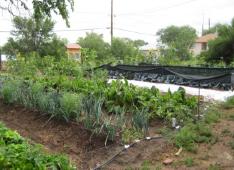
With the help of an EPA Community Action for a Renewed Environment (CARE) grant, Gallup is proving that planting the seeds of change can have a positive and immediate impact on a community. CARE grants are competitive and provide communities ways to renew their environment. Gallop used their grant to develop a multi-faceted approach to developing sustainable waste stream reduction initiatives. Read the Gallup, NM, CARE Success Story for more information.
New Purpose for 20 Closed U.S. Army Reserve Centers
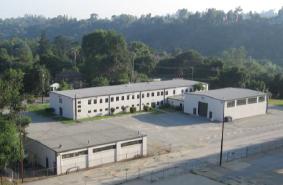
Approximately 20 former U.S. Army Reserve Centers (ARCs) in Arkansas, Louisiana, Oklahoma and Texas are located on federal property and will close as a result of the Base Realignment and Closure Act of 2005. Most remediation of known contaminants has been conducted, although no explicit determination has been made whether the facilities meet residential or industrial use standards and requirements at this time. Most of the facilities (14) are planned for reuse by nonfederal entities. However, six of the facilities are planned to be retained for federal reuse. Read the Environmental Contamination, Remediation and Reuse Fact Sheet for Region 6 Army Reserve Centers Being Closed Under BRAC 05.
Powering Off the Grid - Caddo Lake National Wildlife Refuge, Karnack, Texas
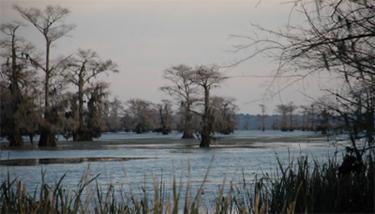
U.S. EPA Region 6 completed a feasibility study to power a 1300-square-foot cabin to be used by the U.S. Fish and Wildlife Service as both a research center and temporary housing for researchers studying the Caddo Lake National Wildlife Refuge. Read the Caddo Lake National Wildlife Refuge - Starr Ranch Success Story and Feasibility Study for more information.
